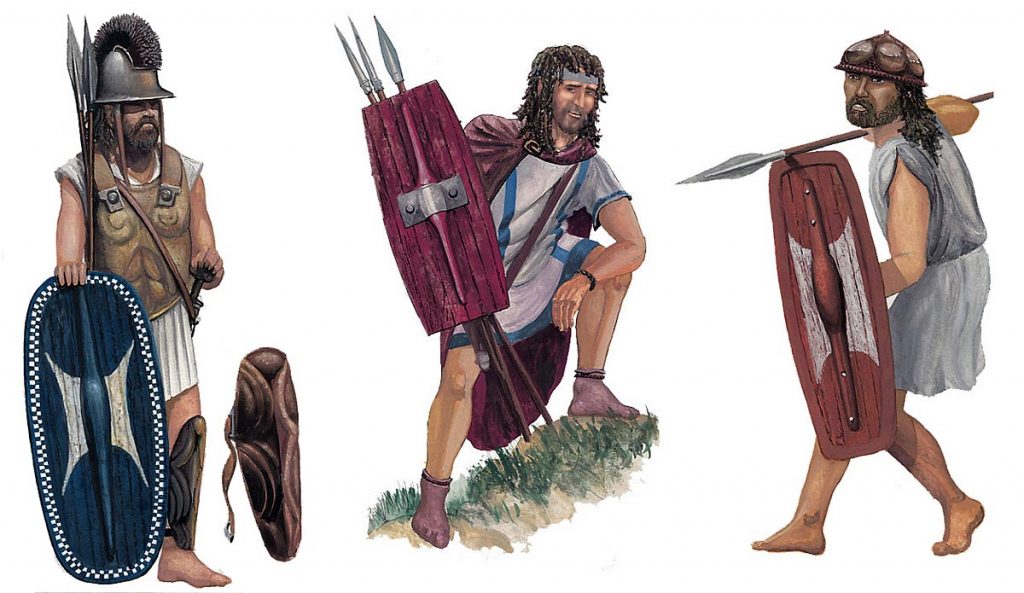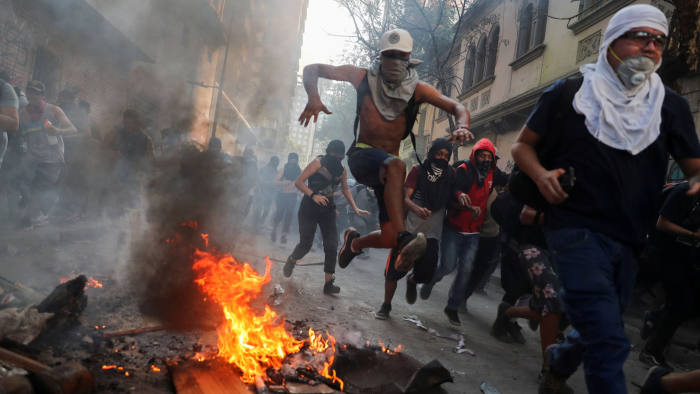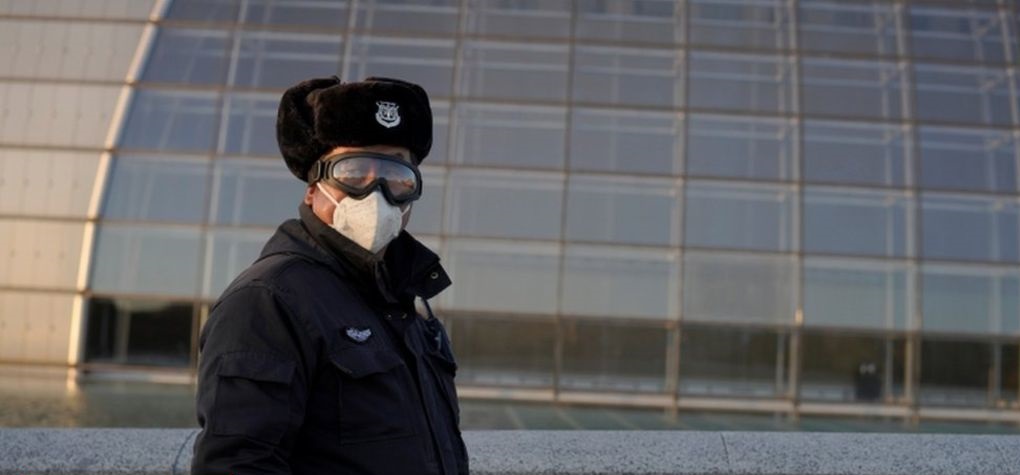
Underneath all the talk about politics today lies a great confusion. People talk about what politics is supposed to achieve, but they have generally forgotten who it’s supposed to achieve it for. For our ancestors, the political subject was obvious, but for us it is not. This essay explains.
The first and original political subject was the tribe. In the biological past, humans had no conception of nations or kingdoms. One was born into a tribe of roughly 50-150 people, and these people were your blood kin. As such, their interests were your interests, in almost every case.
Every member of the tribe was in the ingroup, and everyone not in the tribe was in the outgroup. This made politics very simple. If you encountered a stranger, they were the enemy, and it was acceptable to do anything to that stranger if it furthered the interests of the tribe. This tribal mentality still exists today, only it has become much weaker than it used to be (in most cases).
The second political subject is the state. This came into being when civilisation did. With the advent of civilisation, it was possible to have two strangers share the same space without chimping out and attacking each other. This meant that it was possible to have towns and cities made up of people from different tribes, perhaps even competing ones.
With the advent of towns and cities, it was necessary to have an administrator class that dealt with any disagreements that arose. The bringing together of different tribes meant competing schedules of moral values. These administrators, employed to smooth over differences between tribes, became the state. Their different approaches for settling quarrels became ideologies.
One way of dealing with the tensions created by identification with the tribe was to identify with the state instead. In practice, this is much the same as identifying with an ideology. Thus, a judge who was from a particular tribe would not necessarily rule in favour of his own tribesman. This was a radical new way of thinking when compared to the tribal solidarity model. It required a new political subject.
Thinking in terms of the state provided this new subject. If people were able to abandon their previous allegiances to their tribes, they could band together and build a mighty state that challenged the world, such as Rome or America. The memetic hybrid vigour brought about by multiple tribes all agreeing to work together under a state banner proved to be immensely powerful.
Not every civilisation succeeded in making this transition, however. If a state was not capable of creating an egregore powerful enough to persuade people to abandon their tribal allegiances, the divided loyalties caused by those remaining allegiances would pull the state apart from the inside. Corruption reigns in every state where tribal allegiances continue to hold sway.
The third political subject is the individual. This political subject arose as a way of settling firstly the tensions between those who identified with the tribe and those who identified with the state, and secondly the tensions between those who identified with different states or ideologies. In the world of 2020, the individual is the default political subject.
The logic is that, by identifying with the individual ego, people would no longer be drawn into conflict on account of competing tribal or ideological loyalties. Only caring about oneself might seem selfish and egotistical, but it has the bonus effect of settling tensions between groups. If people only care about the next hit, they will not take collective action.
It is true that what Adam Curtis called the Century of the Self led to a great peace. In recent decades, Hitlers and Stalins have been impossible on account of that no-one would follow them. Collective efforts demand individual sacrifices, and people who identify with the individual ego will not make them. However, this identification brings its own problems.
The fourth political subject is the consciousness itself.
The limitations of identifying with the individual ego are now obvious. Although doing so was a logical move forwards from the horrors of state-worship, the human animal is still fundamentally a social one, and it has social needs. Identifying with the individual ego might make warfare between nations less likely, but it sharply increases the emotional and spiritual suffering of the people, who find that their lives no longer have any meaning.
Some philosophers, like Alexandr Dugin, have suggested a return to Dasein as the basic political subject (Dugin frequently refers to Heidegger’s Dasein in The Fourth Political Theory). This is much the same thing as having consciousness as the basic political subject. In either case, it solves most of the problems of the first three political subjects.
Identifying with the consciousness allows the best of all worlds. Not only can a person meet their social and spiritual needs through connection to other conscious beings, but they can also do so without necessarily getting set against them because of tribal or ideological loyalties. Identifying with consciousness means that one is automatically allied and opposed to every other person.
There’s one problem with this otherwise elegant solution: most people have never learned to distinguish between consciousness and the contents of consciousness. They don’t know the difference between the True Self and the False Self. As such, most people operate either on the level of crude instinct (and thus tend towards tribalism), the level of conditioned responses (and thus tend towards fetishising the state or an ideology) or on both levels at once (and thus tend towards soulless globohomo consumer whoring).
As is so often the case, it appears that our great challenge is primarily a spiritual challenge. Identification with the consciousness might prevent us from getting drawn into tribal or ideological conflicts, and it might prevent us from getting bogged down in mindless anomie. But it will only be an option for those with the spiritual acumen to meditate and perform self-inquiry.
*
If you enjoyed reading this essay, you can get a compilation of the Best VJMP Essays and Articles of 2019 from Amazon for Kindle or Amazon for CreateSpace (for international readers), or TradeMe (for Kiwis). A compilation of the Best VJMP Essays and Articles of 2018 and the Best VJMP Essays and Articles of 2017 are also available.
*
If you would like to support our work in other ways, please consider subscribing to our SubscribeStar fund. Even better, buy any one of our books!



